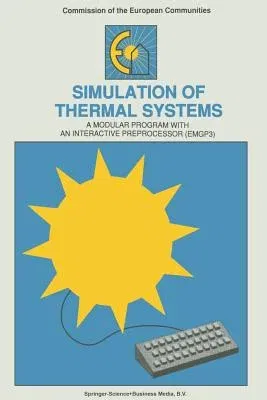The events leading up to the publication of this book started
effectively in 1976 with the exchange of information between those
modelling teams in Europe which were involved in the R&D-programme on
Solar Energy of the Commission. When it became clear that the
availability of experimental datafor model validation wm next to
nothing, the Commission took the initiative to support in the frame of
the Solar Energy R&D-programme the construction of Solar Pilot Test
Facilities on eight sites in Europe. Each experimental facility
consisted of two real solar heating systems with collectors, storage,
controls, and msociated piping, but with the dwelling thermal
distribution system replaced by a physical load simulator. One of the
two systems on each site wm a reference system and wm identical for the
eight participating teams. The simulator wm capable of producing a
typical themalload for a house, interactive with the actual weather, and
took into account the effects of the occupants. With datafrom these
facilities not only were national simulation programs validated, but
also the meanwhile commonly accepted modular structured European program
EMGPl wm validated. EMGPl, which only could be run on a mainframe
computer or under special conditions on a mini-computer, formed in tum
the bmis for the development of EURSOL andEMGP3.EMGP3 is an improved
userjriendly programpackagejorpersonal computers derived jrom EMGPl and
includes a unique and user jriendly preprocessor


